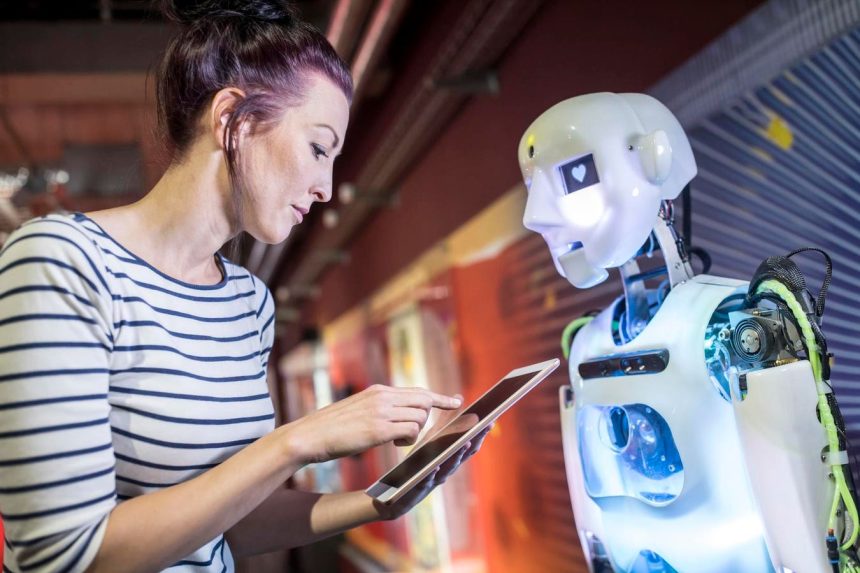The global health landscape is marred by persistent disparities in health outcomes, a stark reminder of existing inequalities. Life expectancy varies significantly between nations, and access to quality healthcare remains unevenly distributed. Low- and middle-income countries bear a disproportionate burden of preventable and treatable diseases, leading to premature deaths. These disparities are not confined to international comparisons but also manifest within countries, often following socioeconomic, racial, and geographic lines. In the United States, for instance, marginalized communities like non-Hispanic Black, American Indian, and Alaska Native populations experience higher rates of chronic diseases like diabetes, heart disease, and obesity. Addressing these health gaps is not just a moral imperative but also a practical necessity. The economic and social costs of health inequities are substantial, with projections indicating a potential cost of $1 trillion to the U.S. economy by 2040 if left unaddressed. This underscores the urgent need for systemic solutions that tackle the root causes of these disparities, moving beyond superficial fixes to address the underlying social, environmental, and economic determinants of health.
Artificial intelligence (AI) has emerged as a promising tool with the potential to revolutionize healthcare and address these long-standing inequities. AI’s capacity for pattern recognition and personalized care offers two key avenues for improvement. AI algorithms can detect diseases earlier and with greater accuracy than traditional methods, allowing for timely intervention. They can also tailor treatments to individual patients, optimizing efficacy and minimizing adverse effects. Furthermore, AI can assist healthcare professionals in managing complex caseloads, freeing up their time and resources. The ability of AI to detect diseases like breast cancer earlier and more accurately than human radiologists demonstrates its transformative potential. This early detection translates to more effective preventive interventions, improved quality of life, and significant cost savings. AI-powered predictive models can also identify individuals at high risk of developing chronic conditions like kidney disease, enabling proactive interventions before irreversible damage occurs.
Beyond clinical applications, AI can leverage large datasets, including hospital records and socioeconomic indicators, to identify at-risk communities. This data-driven approach empowers policymakers and health organizations to allocate resources more effectively. By pinpointing underserved areas and populations with limited access to preventive services, AI can guide targeted interventions, such as mobile clinics and health education programs, tailored to specific community needs. This targeted approach maximizes the impact of interventions and helps bridge the health gap in a more efficient and equitable manner.
However, the successful application of AI in closing the health gap requires more than just technological advancement. A holistic approach is essential, focusing on tailoring, training, testing, and targeting AI systems to maximize their benefit for both individuals and the planet. This involves incorporating localized data, addressing potential biases in algorithms, and ensuring that AI is used proactively to drive positive change. AI models must be tailored to specific contexts, considering factors like local nutritional habits, environmental conditions, and cultural attitudes towards healthcare. This contextualization ensures that interventions are relevant and resonate with the target communities.
Furthermore, rigorous training and testing are crucial to mitigate biases embedded in historical data. AI algorithms trained on biased datasets can perpetuate and even exacerbate existing disparities. Therefore, continuous monitoring and debiasing efforts are essential to ensure fairness and equitable outcomes. For example, training AI models on diverse datasets, such as images of varied skin tones for dermatological applications, can help reduce racial biases in diagnosis. Finally, AI should be targeted towards achieving positive impact and envisioning more equitable futures. By correlating environmental data with health outcomes, AI can identify areas with high pollution and their associated health risks, enabling proactive interventions like installing air filters in schools or creating green spaces.
While AI holds immense potential, it is not a replacement for human intelligence (NI). Closing the health gap requires a synergistic approach that integrates the strengths of both AI and NI. Human knowledge, ethical judgment, empathy, and cultural understanding are essential to ensure that AI solutions are not only effective but also just and equitable. This integration of AI and NI should span across all levels – individual, community, national, and global – to achieve comprehensive and sustainable improvements in health outcomes.
At the individual level (micro), AI can aid in early disease detection, but it is healthcare professionals who translate these insights into personalized treatment plans that consider individual circumstances and cultural sensitivities. At the community level (meso), AI can identify environmental health risks, while community health workers and local leaders leverage their understanding of cultural norms to design effective interventions. Nationally (macro), AI can analyze large datasets to inform policy decisions, but human policymakers are crucial in interpreting these findings within political, cultural, and ethical contexts. Globally (meta), AI can support disease surveillance and response efforts, but human experts are needed to navigate complex international collaborations and ensure equitable access to resources. Examples of successful AI@NI initiatives include Microsoft’s Child Growth Monitor in rural India, which uses AI to identify malnutrition risks and informs community-based nutritional programs; the UK’s NHS AI Lab, which leverages AI for early disease detection while incorporating clinical expertise and policy considerations; and international initiatives that use AI and human expertise to address global health challenges like infectious disease outbreaks. By harnessing the complementary strengths of AI and NI, we can move beyond simply closing the health gap and reimagine the landscape of well-being, creating a future where every individual has a fair chance to thrive.



